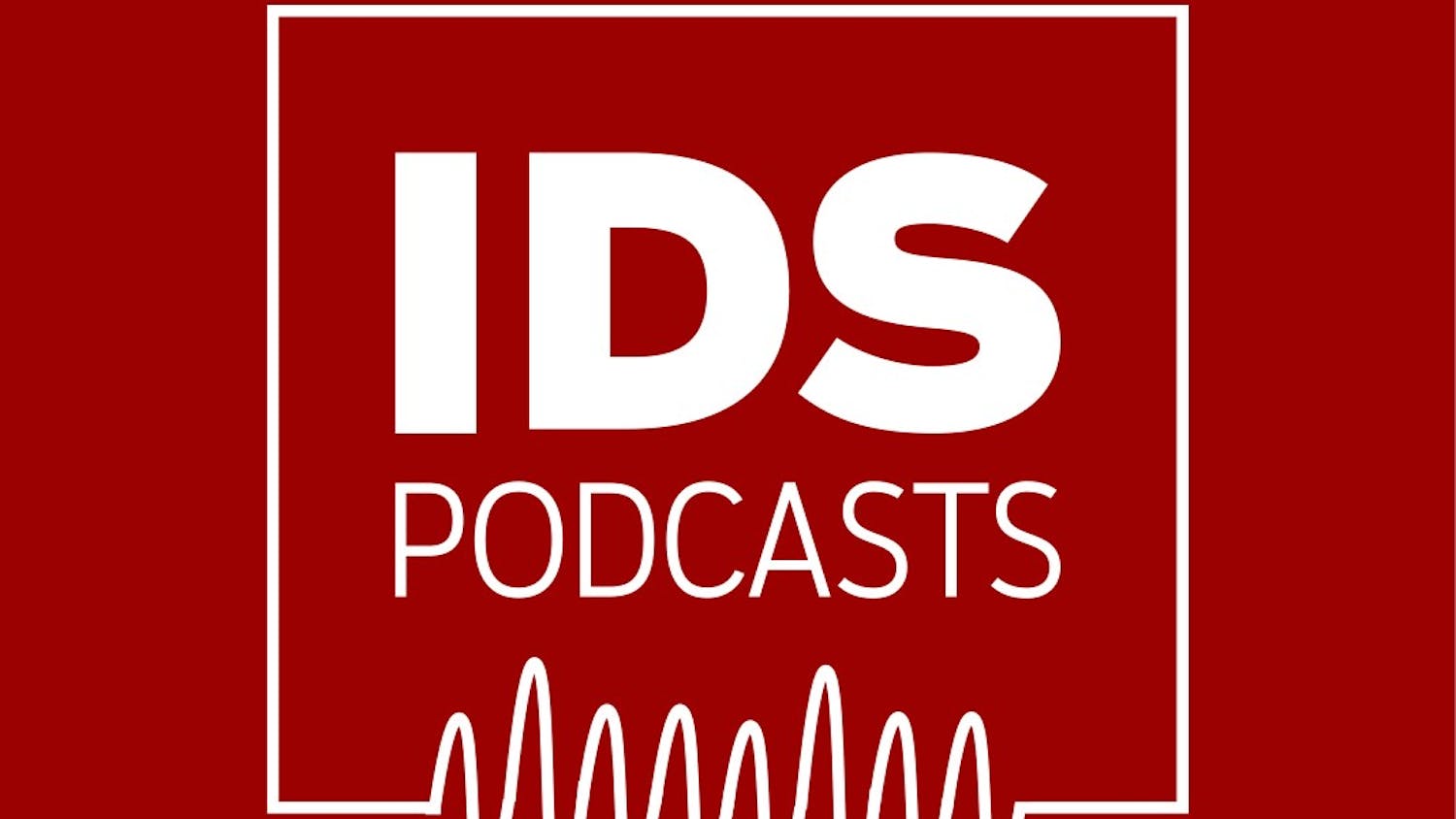It might just be a Facebook picture of a bright orange pumpkin with a carved-out mustache to some, but for the Gregg for Governor Campaign, it’s another way to connect with voters.
It might just be a couple dozen characters, but the tweets to Indiana State Treasurer Richard Mourdock’s campaign for U.S. Senate offering outrage or support after Tuesday night’s debate gave voice to the viewers.
The public might not have physical access to those on their ballots, but they do have a tool to throw in their two cents.
Social media, as the name suggests, has the power to increase interaction between political candidates and the public. It’s a two-way speedway of sorts where campaign messages plaster followers, subscribers and friends as messages of support, question or critique are sent back, often in 140 characters or less.
Kristina Horn Sheeler, associate professor and chair at the IU-Purdue University Indianapolis Department of Communication Studies, said social media is just one tool that campaigns are using to better connect to and interact with potential voters. And it’s helping them stay relevant.
“If the campaign is not using social media, that will become more of the message,” Sheeler said. “That’s potentially going to translate into a candidate that’s behind the times or unwilling to change.”
All the candidates in the Senate, 9th congressional District and Indiana governor races use Facebook and Twitter to reach voters. Interaction often comes in the form of political advertisement postings, appeals for donations and volunteers and pictures of the candidates as they meet constituents across the state.
“The research shows that if constituents feel as though they’re being heard, that is a benefit to the campaign,” Sheeler said. “If campaigns use social media as a way to respond, it would be real benefit for the campaign on election day.”
Social media posts often give the public a look inside campaign travel. Voters get to see U.S. Rep. Mike Pence, R-6th District, meeting with firefighters in Brownsburg, Ind., or U.S. Rep. Joe Donnelly, D-2nd District, talking about the Farm Bill with farmers in Greenfield, Ind.
“Social media is in and of itself a humanizer,” Sheeler said. “Just by having that personal interaction and stating things from the candidates point of view, I do think it can add an air of humanity, personalization.”
Sheeler said it’s not unusual to see Democratic candidates, who tend to pull in more younger voters, take advantage of social media.
“It makes sense to go where your audience is,” she said. “It would make sense that Republicans, while they’re using social media, that’s not necessarily where the large percentage of their constituents are.”
Nationally, President Barack Obama’s social media outlets have more likes and followers than Republican presidential candidate Mitt Romney. Yet here in Indiana, social media lines aren’t as clear-cut.
All Republican candidates for governor, Senate and 9th District have out-Tweeted their Democratic challengers and gained more followers. Same goes for Facebook likes, where the only close number of likes is in the Rep. Todd Young, R-9th District, and Democratic candidate Shelli Yoder race.
But it’s not necessarily about the numbers, Sheeler said. More so, it’s about the possible engagement and interest such a tool can cultivate. She’s noticed an uptick of student interest in politics in her courses at IUPUI after she has students live tweet debates.
“I think one of the things that social media does ... is allow regular people to participate in the political conversation in a way they may not have done before,” she said. “It’s just getting your options out there, even if they’re only 140 characters. I’m seeing a level of engagement in my students that I really hadn’t been able to tap into before.”
Candidates face off online
Twitter, Facebook play role in elections
Get stories like this in your inbox
Subscribe



